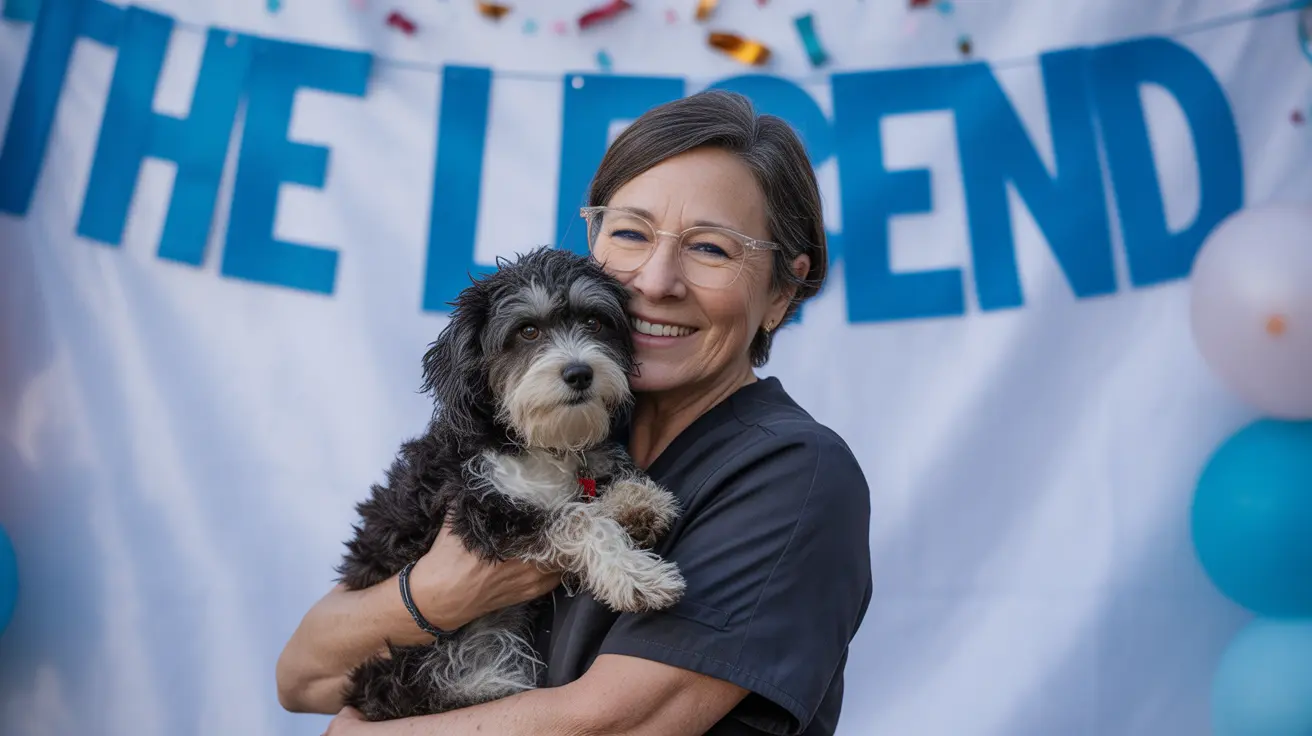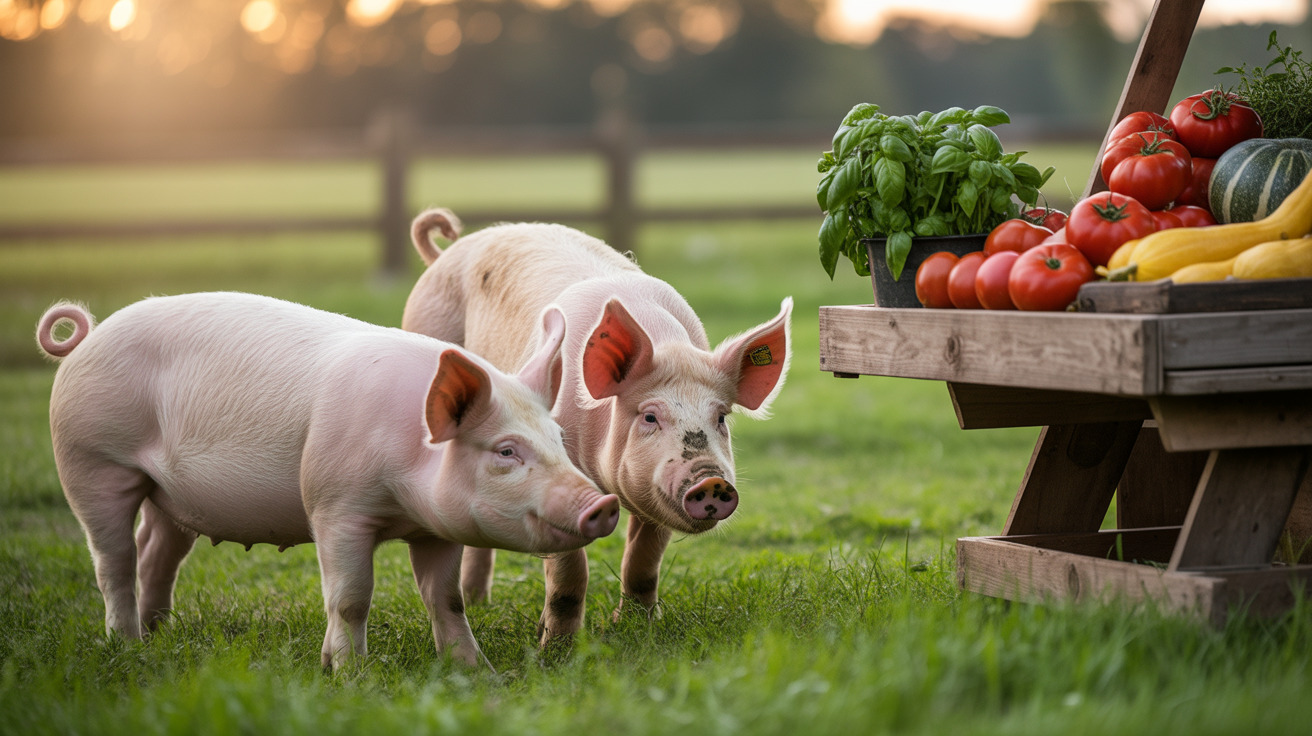Have you ever wondered why your dog sleeps in certain positions? Just like humans, dogs express themselves through their sleeping habits, offering valuable insights into their comfort, emotional state, and overall well-being. By understanding these subtle signals, pet owners can better support their furry friends' health and strengthen their bond.
From the classic "donut" curl to the sprawling "superman" pose, each sleeping position tells a unique story about your dog's state of mind and physical comfort. This comprehensive guide will explore the most common dog sleep positions, their meanings, and what they reveal about your canine companion's health and happiness.
Whether you're a new pet parent or a seasoned dog owner, learning to decode your dog's sleeping habits can help you create the perfect environment for restful sleep and ensure their optimal well-being.
Understanding Different Dog Sleep Positions
Each sleeping position your dog chooses serves a specific purpose and communicates different aspects of their physical and emotional state. Let's explore the most common positions and their meanings.
The Side Sleeper: Ultimate Trust and Comfort
When dogs sleep on their side with legs extended and belly exposed, it's one of the clearest dog comfort signals you can observe. This position indicates a deep sense of safety and trust in their environment. Dogs who consistently choose this sleeping style tend to be well-adjusted to their home and feel secure about the people and surroundings around them. It also allows their joints to relax fully, providing relief, especially for older dogs or those with joint issues. Additionally, side sleeping can facilitate better temperature regulation, especially in warmer environments.
- Complete trust in their environment
- Deep relaxation and security
- Effective temperature regulation
- Joint comfort, especially beneficial for older dogs
The Protective "Lion's Pose"
This position, where dogs rest their head on their paws while keeping their body tucked underneath, reveals interesting aspects of a dog's emotional state during sleep. Dogs adopting the lion's pose are often lightly dozing rather than in a deep sleep. This position enables them to stay alert and ready to spring into action if needed, which may stem from instinctive protective behaviors. It is common in breeds known for their guard instincts or when a dog feels responsible for the household's safety. Some dogs may use this pose when in new settings or around unfamiliar people, as a sign that they're keeping an eye on their environment.
- Maintained alertness
- Readiness to spring into action
- Possible mild anxiety or watchfulness
- Common in naturally protective breeds
Temperature Regulation and Sleep Positions
Dogs use different sleeping positions to help regulate their body temperature, demonstrating sophisticated canine strategies to stay comfortable in varying conditions. These positions are influenced by environmental factors, breed, and individual preference. Let's look at how sleep positions help manage temperature:
- Stretched out: When fully extended, dogs can release excess body heat, making this a common summer pose.
- Curled up: By tucking their nose under their tail, dogs conserve warmth, a legacy from their wild ancestors facing cold nights.
- Belly up: Sleeping on their back with an exposed tummy allows maximum cooling, as this area has less fur, helping dogs dissipate heat quickly.
- Burrowing: Some dogs like to burrow under blankets or cushions, seeking additional warmth or comfort, or mimicking a safe, den-like environment.
The "Superman" Position
This playful position, common in puppy sleep positions, involves lying flat on the stomach with all four legs extended—often resembling a flying superhero. Dogs who adopt the Superman pose are generally ready for action and eager to leap up for play or interaction at any moment. This position not only allows cooling against the floor but also reflects high levels of energy and curiosity, as it's regularly seen in pups or young adult dogs during naps right after active play.
- Indicates readiness for activity
- Common in energetic breeds
- Allows quick transition to play
- Typically seen during brief rest periods
Health Indicators in Sleeping Patterns
Changes in your dog's sleeping patterns can offer valuable clues about their overall health. While some variation is normal, sudden and noticeable shifts may indicate discomfort or underlying health issues. Observing your dog’s behavior at rest can help detect problems early and ensure timely intervention. Here are some important signals to monitor:
- Sudden changes in preferred positions
- Unusual restlessness or trouble settling in
- Difficulty finding comfort, such as frequent repositioning or vocalizing
- Excessive sleeping or signs of lethargy outside normal patterns
Age-Related Sleep Changes
As dogs grow and mature, their sleep needs and habits naturally evolve. Understanding these developmental changes helps pet owners provide suitable rest environments and spot age-specific issues. For instance, puppies often exhibit restless sleep, frequent position changes, and longer periods of slumber to support growth and neurological development. Adult dogs establish consistent routines and preferred sleeping styles, reflecting stability and confidence. Senior dogs tend to seek supportive surfaces or orthopedic beds, since achy joints or arthritis can make certain positions uncomfortable. Monitoring these age-related shifts is essential for supporting your dog's lifelong health and comfort.
- Puppies: Frequent position changes and increased sleep to support rapid growth
- Adult dogs: Established sleeping patterns reflecting personality and comfort
- Senior dogs: Greater need for padded bedding and joint-friendly positions due to age-related discomfort
Creating the Perfect Sleep Environment
Supporting healthy dog sleeping habits requires attention to environmental factors that affect your pet’s rest. Providing an optimal sleep space can improve your dog’s comfort, quality of rest, and overall wellbeing. Consider the following when setting up your dog's sleeping arrangements:
- Comfortable bedding suited to your dog's preferred sleep positions (e.g., orthopedic beds for older dogs, cozy mats for curlers)
- Temperature-appropriate sleeping areas, with options for warming up or cooling down as needed
- Quiet, low-traffic locations that minimize disturbances and help your pet feel secure
- Multiple safe sleep spots throughout the home, allowing your dog freedom of choice based on mood and need
Paying attention to your dog's behavior and preferences when it comes to their sleep environment can deepen your understanding and foster a stronger, more trusting relationship.
Frequently Asked Questions
- Why do dogs sleep in different positions? Dogs choose sleep positions based on comfort, security, temperature, and emotional state. Certain positions help them relax, while others keep them alert or comfortable.
- What does it mean if my dog sleeps curled up? Curled up sleeping often indicates your dog wants warmth and feels safe. This is a natural instinct carried over from their ancestors for heat retention and protection.
- Is it normal for dogs to sleep on their backs? Yes, back sleeping often signals complete relaxation and trust. Dogs that expose their bellies are showing vulnerability and comfort in their environment.
- Can a dog's sleep style reveal health issues? Unusual sleep positions, restlessness, or sudden changes can hint at pain, discomfort, or underlying health concerns. Always monitor for significant changes and consult your vet if concerned.
- How can I tell if my dog feels safe while sleeping? Relaxed, exposed sleep positions—like side sleeping or sleeping on the back—are signs that your dog feels secure and at ease.
- Why does my dog change sleep positions at night? Dogs adjust positions to regulate body temperature, relieve pressure points, or respond to changing comfort needs throughout the night.
- Should I let my dog sleep in my bed? It's a personal choice; sharing beds can strengthen the human-dog bond, but it's important to weigh factors like allergies, space, and sleep quality for both parties.
- Do puppies have different sleep positions than adult dogs? Yes, puppies change positions more frequently as they grow and develop. They're also more likely to flop into unusual poses due to high energy and rapid changes in their bodies.
- How do sleeping styles affect a dog's well-being? Ensuring your dog's sleeping environment matches their comfort preferences supports healthy sleep and contributes to their happiness and emotional health.
- Can stress change my dog's sleep habits? Yes, anxiety, stress, or discomfort may cause changes in sleeping posture or make your dog more restless and protective in their positions.
- How can understanding my dog's sleep style improve our bond? Observing, understanding, and respecting your dog's sleep needs strengthens trust and connection, fostering a happier relationship for both of you.
By paying attention to your dog's sleeping habits and positions, you can better understand their needs and ensure they get the quality rest they deserve. Remember that every dog is unique, and their sleep preferences may change over time or with circumstances. The key is to remain observant and responsive to these changes, strengthening the dog owner bond while promoting optimal health and happiness for your furry friend.






